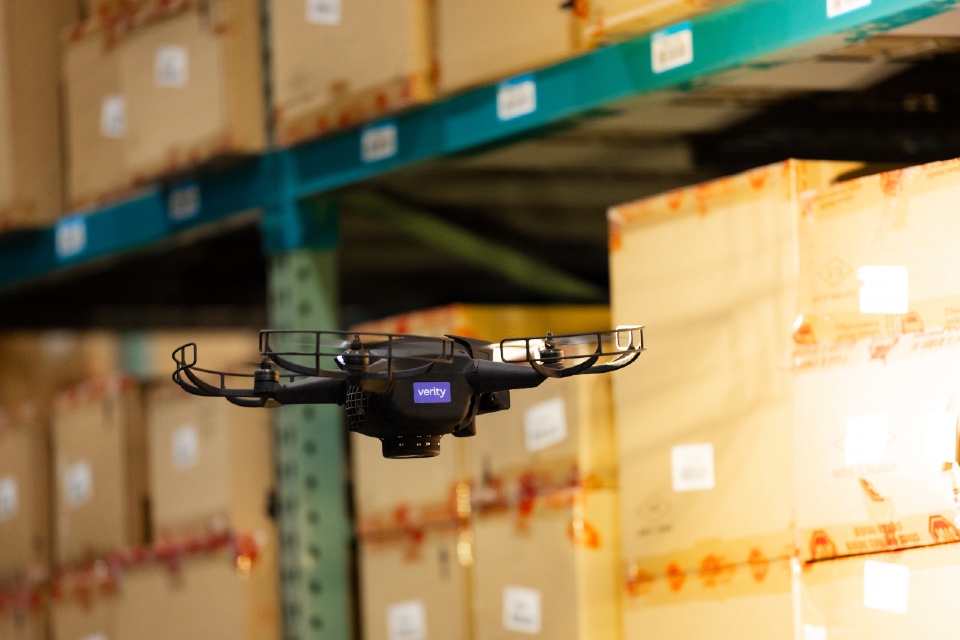By Adam Bimson, Chief Customer Officer, Vuealta
How do you deal with a business that will sell your products, use data and algorithms to adjust product costs, and get said products to your customers in a manner that’s faster, more efficient and far superior to anything you could do yourself? This is a question that publishers have been wrestling with for years, and a challenge many other sectors have failed to heed.
The business in question is Amazon, and it is dominating sector after sector thanks to a very simple process. It has access to a lot of data, which it uses to gain insights into the likes of price elasticities and demand shifts. Its data-rich virtual world, powerful algorithms and empowered staff enable it to make quick decisions based on the latest insights. These data-driven advantages are built on top of a fast and agile supply chain, which has the ability to deliver ultimate customer satisfaction. Now, incumbents have begun to realise that Amazon is on a course to steal huge market share, and they’re scrabbling to find a response in order to compete with the digital giant.
The question is whether other businesses can truly compete with the ex-Bezos machine, or whether they must accept their fate and take what they can get from a company that has revolutionised the way we buy everything, from books and groceries to technology infrastructure.
In fact, they can compete. One answer lies in virtual supply chains and requires businesses to recognise that supply chains compete, not companies. The supply chain will of course always be physical, but if multiple businesses can act as a single intelligence sharing entity, there is the potential to become a strong Amazon competitor.
Partnership could be the key to better agility
So how can the brands that consumers have come to know and love achieve the same agility as Amazon? Ultimately, it’s not necessary to invest in controlling every aspect of their own supply chain, but what they should consider is partnering with some or, even better, all of the other players that make up their supply chain networks. For example, partnering with retailers gives suppliers additional market data, information and insights, which in turn empowers employees by enabling rapid decision-making. Integration with suppliers, on the other hand, enables retailers to offer a more agile response.
Ultimately, Amazon is showing brands that they cannot keep acting as islands.
This has also led to the major shift towards direct to consumer (D2C) that we have seen in recent years, which has been further propelled by the pandemic. The advantages this model offers, including having direct access to POS data, is one of the key reasons it is being so widely embraced by so many brands and wholesalers, and will continue to be post-pandemic. In fact, a recent study found that more than half (52%) of wholesale businesses have begun D2C selling since the coronavirus pandemic first started, while another 18% plan to launch D2C sales in the next 12 months.
D2C gives companies end-to-end control of their relationship with and delivery to the consumer and allows them to generate in-depth insights from the data gathered as a result, just like Amazon. So, brands are ultimately going D2C to gain Amazon-like benefits.
The brands embracing these different approaches are directly targeting the three elements that make Amazon’s offering so strong – data, insights, and agile response.
A new way of managing supply chains
From the perspective of a virtual supply chain, data and intelligence provide the insights that brands need to empower people and processes to make decisions rapidly. They inform pricing, trends, and ultimately decisions.
To create a true virtual supply chain though, this should also be paired with the ability to offer an agile response. This ultimately needs to be underpinned by a fast supply chain and good information sharing that ensures insights are delivered downstream to the suppliers. Great scenario planning is also increasingly recognised as a core competency in any supply chain as it supports a great number of possible responses to expected or unexpected market changes by enabling people to quickly assess and evaluate feasible options and make the best decision for optimal response. This might be in response to consistent moments in the calendar, such as peak seasons; unforeseen events, such as political coups, trade wars or global pandemics; or they might be unseasonable weather influencing what consumers want to buy.
Whatever these events are, scenario planning, driven by data and the insights they provide, is critical for brands looking to build a supply chain that is agile and can adapt to changing circumstances without impacting the consumer experience.
Mirror Amazon, don’t replicate it
Brands are only going to stop Amazon eating their lunch if they can identify what has made the ecommerce giant a giant, and then see how they can replicate it for their own business. That doesn’t mean companies becoming a mirror version of Amazon; it means identifying strengths and weaknesses, finding partners to plug the gaps, and underpinning it all with data intelligence that can help it react as rapidly and intuitively as Amazon.







